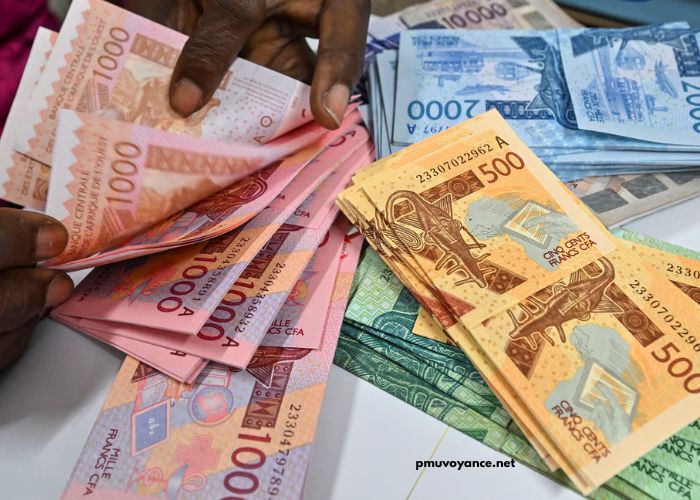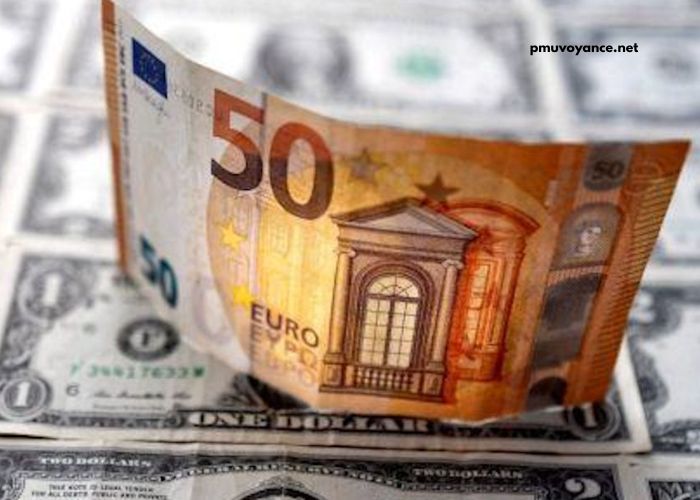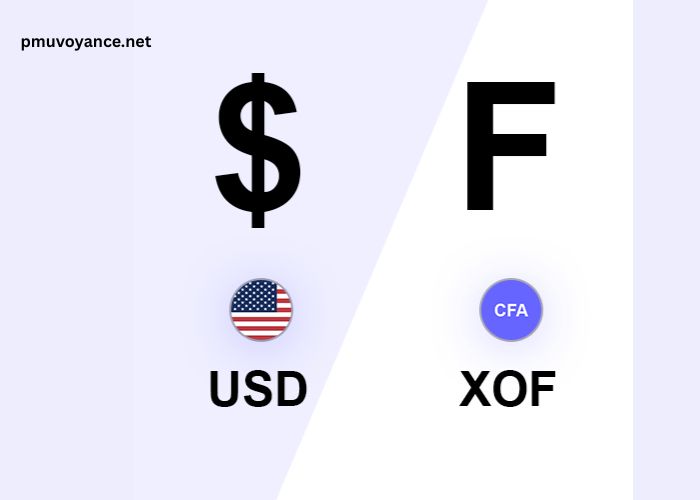In a globalized economy, currency exchange rates play a critical role in international trade, travel, and finance. For those interacting with currencies from different regions, understanding exchange rates is essential. One such important conversion is between the Euro (EUR) and the West African CFA franc (XOF). This article delves into the intricacies of Euro to CFA conversion, exploring its significance, the mechanisms behind it, and its impact on various sectors.
The Basics of Euro and CFA Franc
The Euro is the official currency of the Eurozone, used by 19 of the 27 European Union member states. It is one of the world’s most widely traded and recognized currencies, known for its stability and economic influence. The Euro was introduced in 1999 for electronic transactions and in 2002 for cash transactions, replacing several national currencies in Europe.
The West African CFA franc, often abbreviated as XOF, is used in eight countries of the West African Economic and Monetary Union (WAEMU). These countries include Benin, Burkina Faso, Ivory Coast, Guinea-Bissau, Mali, Niger, Senegal, and Togo. The CFA franc is guaranteed by the French Treasury and is pegged to the Euro, which helps maintain stability in its value relative to the Euro.
The Mechanism of Euro to CFA Conversion
The conversion between the Euro and the CFA franc is governed by a fixed exchange rate system. The CFA franc is pegged to the Euro at a fixed rate of 655.957 CFA francs per Euro. This pegged rate is designed to provide stability and predictability in exchange rates for countries using the CFA franc, facilitating trade and economic interactions with Eurozone countries.
This fixed exchange rate system means that the value of the CFA franc is directly tied to the Euro. Therefore, any fluctuations in the Euro’s value will directly affect the CFA franc’s value. The peg helps to shield CFA franc countries from severe currency fluctuations and inflation, offering a stable environment for economic planning and investment.
The Impact of Euro to CFA Conversion on Trade and Investment
The Euro to CFA conversion has significant implications for trade and investment between the Eurozone and the CFA franc countries. The fixed exchange rate facilitates smoother trade transactions and financial flows by eliminating exchange rate uncertainty. Businesses and investors can plan and execute cross-border transactions with greater confidence, knowing that the conversion rate between the Euro and the CFA franc remains stable.
For exporters in CFA franc countries, a stable exchange rate means that they can price their goods and services competitively in Eurozone markets without the risk of sudden changes in the exchange rate affecting their profit margins. Similarly, businesses in Eurozone countries benefit from predictable costs when importing goods from CFA franc countries.
However, the fixed exchange rate system also means that CFA franc countries have limited control over their monetary policy. The economies of these countries must align their policies with those of the Eurozone to maintain the peg, which can sometimes be challenging, especially if there are significant economic disparities.
Currency Exchange and Financial Transactions
For individuals and businesses engaging in financial transactions involving both currencies, understanding the Euro to CFA conversion is essential. Currency exchange services, such as banks and currency exchange bureaux, use the fixed exchange rate to convert between Euros and CFA francs. The fixed rate of 655.957 CFA francs per Euro ensures that conversions are straightforward and predictable.
When traveling from the Eurozone to CFA franc countries, travelers will find that their Euros can be exchanged for CFA francs at the fixed rate. This predictability simplifies budgeting and financial planning for visitors and expatriates living in CFA franc countries.
For online transactions and international remittances, the fixed exchange rate system provides clarity and consistency. Financial institutions and online money transfer services use the pegged rate to calculate the amount of CFA francs required for a given amount of Euros and vice versa. This consistency is particularly valuable for expatriates sending money home or businesses conducting international trade.
Economic Implications of the Fixed Exchange Rate System
The fixed exchange rate system between the Euro and the CFA franc has broader economic implications for the member countries of the WAEMU. By pegging their currency to the Euro, these countries benefit from the stability and credibility associated with the Euro. This arrangement helps to mitigate risks associated with volatile exchange rates and high inflation.
However, the fixed peg also means that CFA franc countries must align their monetary policies with those of the Eurozone. This alignment can be challenging if the economic conditions in the CFA franc countries diverge significantly from those in the Eurozone. For instance, if the Eurozone experiences economic difficulties, the CFA franc countries may also be affected due to the peg.
Moreover, the peg can limit the ability of CFA franc countries to respond to domestic economic issues. Without control over their own monetary policy, these countries may find it difficult to implement measures to address inflation, unemployment, or other economic challenges.
The Role of the European Central Bank
The European Central Bank (ECB) plays a critical role in maintaining the stability of the Euro, and by extension, the stability of the CFA franc. The ECB’s monetary policies, interest rate decisions, and economic interventions directly impact the value of the Euro and, consequently, the fixed exchange rate with the CFA franc.
The ECB’s role includes managing inflation, regulating interest rates, and ensuring financial stability within the Eurozone. These actions help maintain the credibility and stability of the Euro, which is crucial for the countries using the CFA franc. By ensuring that the Euro remains stable, the ECB indirectly supports the economic stability of the CFA franc countries.
Future Prospects and Potential Changes
The future of the Euro to CFA conversion and the fixed exchange rate system depends on several factors, including economic developments in both the Eurozone and CFA franc countries. While the fixed peg has provided stability, there are discussions about potential reforms or changes to the monetary arrangements.
Economic growth, fiscal policies, and geopolitical developments can all influence the dynamics of the Euro to CFA conversion. For example, if there are significant changes in the Eurozone’s economic conditions or shifts in global economic trends, there may be discussions about adjusting the peg or exploring alternative arrangements.
Additionally, as the global financial landscape evolves, there may be opportunities for CFA franc countries to consider alternative currency arrangements or reforms. Such changes would require careful consideration of the potential impacts on trade, investment, and economic stability.
Conclusion
The Euro to CFA conversion represents a key aspect of the financial relationship between the Eurozone and the West African CFA franc countries. The fixed exchange rate system provides stability and predictability for trade, investment, and financial transactions, benefiting both regions by facilitating smoother economic interactions.
While the fixed peg offers numerous advantages, including reduced exchange rate risk and enhanced economic stability, it also presents challenges related to monetary policy alignment and economic flexibility. Understanding the dynamics of this conversion is crucial for businesses, travelers, and policymakers engaged in cross-border activities.
As the global economy continues to evolve, the Euro to CFA conversion will remain a significant factor in international finance. By staying informed about the mechanisms and implications of this exchange rate system, stakeholders can navigate the complexities of global trade and finance more effectively, ensuring continued economic stability and growth.



